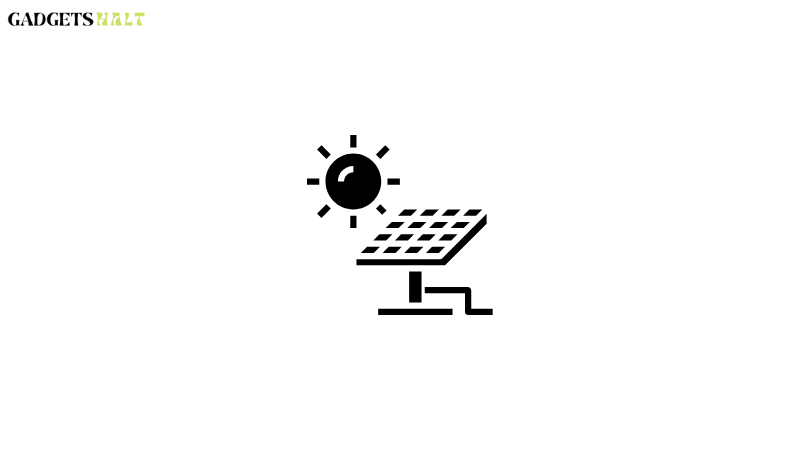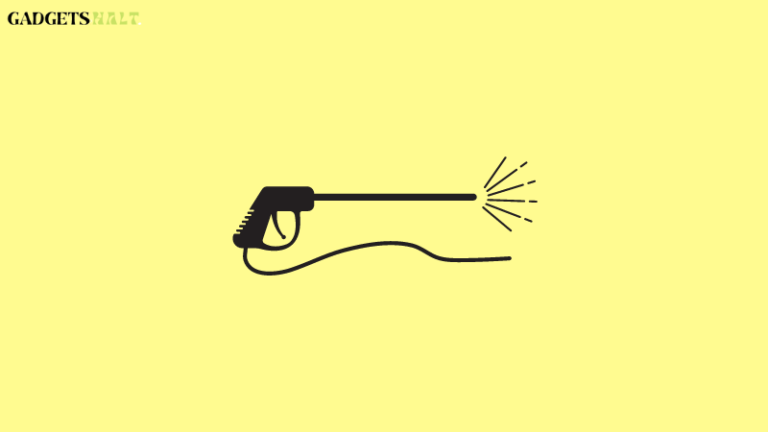How to Wire a Solar Charge Controller: Step by Step Instructions
If you’re looking to wire your solar charge controller, you have to keep in mind that there are two possible configurations for wiring up solar panels and charge controllers. The first configuration (or version) involves connecting one of the positive leads from the solar panel to the positive terminal on the charge controller, and the other positive lead from the solar panel to the negative terminal on the charge controller.
Table Of Contents
Here’s how you can wire solar to charge the controller
Connect the Solar Panels

You’ll need to connect the solar panels to the charge controller. To do this, you’ll need to use MC4 connectors. First, connect the positive lead from the solar panel to the positive terminal on the charge controller. Then, connect the negative lead from the solar panel to the negative terminal on the charge controller.
Repeat this process for each solar panel you’re connecting. The end result should be four leads connected to the four terminals on your charge controller. Now you’ll want to seal up these connections with silicone or other waterproof sealants so that water doesn’t get in and short out your system.
Once that’s done, it’s time to put everything in a safe place where it won’t get too hot or too cold! Make sure that all wires are securely fastened and aren’t hanging down where they could be damaged or cause a tripping hazard. If you have any wire extending past the bottom of the charge controller box, secure it against the box with more silicone or electrical tape. Place your entire assembled system somewhere outside where there is plenty of room (preferably under a roof).
Solar panel wire types
The type of wire you use for your solar panel is important for two reasons: 1) safety and 2) optimal power output. In terms of safety, using the wrong type of wire can be a fire hazard. In terms of power output, using the wrong type of wire can result in up to a 20% loss in power.
The three most common types of solar panel wire are THWN, XHHW, and USE-2. THWN is the most common type of solar panel wire and is suitable for both indoor and outdoor use. XHHW is also suitable for both indoor and outdoor use but is not as common as THWN. USE-2 is only suitable for outdoor use.
Connect the battery banks
If you have more than one battery bank, connect them in parallel. This will increase your amp-hour capacity. To do this, simply take the positive terminal of the first battery and connect it to the positive terminal of the second battery. Then, do the same with the negative terminals. Make sure that all batteries are connected together before doing anything else. Next, tie the solar panel together so that they are all in series.
Now, tie the negative from each solar panel to a grounding point on a different battery bank and then tie the positives together into another grounding point on a different battery bank. That’s it! You’re done wiring your solar charge controller. There is one last thing to do, though. In order for your system to work efficiently, you need to keep track of how much power is being produced by the solar panels and how much power is being used by the appliances that run off electricity. The easiest way to accomplish this is by installing an inverter.
An inverter takes DC current from the panels and converts it into AC current which can be fed directly into any household appliance or light fixture. It also does the opposite, taking AC current from those sources and converting it back into DC. Installing an inverter should make things easier when you go to monitor usage because now all you have to do is read your meter, however, if things don’t seem right, consult an electrician or call Sunpower Electricians.
Connect the Load(s)
You will need to connect your loads to the solar charge controller. This is typically done by connecting the negative lead of the load to the negative terminal of the controller, and the positive lead of the load to the positive terminal of the controller. You may need to use jumper cables or other means of connecting the load if it is not close enough to the controller. Follow the manufacturer’s instructions for connecting your particular load. For example, you would wire a light fixture like this:
Connect one end of a red wire to the V+ (positive) terminal on the controller
Connect one end of a black wire to the V- (negative) terminal on the controller Connect one end of a white wire to the L1 (line 1) terminal on the controller Connect one end of an orange wire to the L2 (line 2) terminal on the controller If there are more than two lights in the circuit, repeat these steps until all lights are connected.
Finally, twist together any bare copper wires with electrician’s tape so they don’t touch each other or anything else that could cause a short circuit. The purpose of the capacitor is to help regulate voltage fluctuations caused by sudden surges in power from the solar panel. If there is a surge from another source, such as lightning, without a capacitor, it can fry your electronics.
Do NOT skip this step! I can’t tell you how many people I’ve seen buy and assemble their system only to find out they skipped installing their capacitor and then were fried because of too much fluctuation in voltage.
Add a fuse at each point where the wires connect
Fuses are important in any electrical system, but they are especially critical in a solar panel installation. They provide protection against overcurrent and short circuits, which can damage your equipment or cause a fire. Always use the proper size fuse for the wire you’re using. A good rule of thumb is that the fuse should be rated for twice the amperage of the wire. For example, if you’re wiring with a 14-gauge wire, you’ll need an 8-amp fuse. When replacing a blown fuse on the 12-gauge wire, choose a 20-amp replacement so it will still offer adequate protection from an overload situation.
Fuses come in different styles—e.g., automotive fuses and cartridge fuses—so make sure to use the appropriate type for your application. Automotive fuses are designed for relatively low currents (usually 10 amps) whereas cartridge fuses are designed for high currents (usually 200 amps). With higher currents, there’s more heat produced by the arcing within the device when it blows so automotive fuses typically blow before cartridge ones do.
Solar panel wiring: series vs parallel
When wiring solar panels in a series, the amperage (current) is increased while the voltage stays the same. When you wire solar panels in parallel, the voltage is increased while the amperage stays the same. In order to increase both voltage and amperage, you can wire solar panels in a series-parallel, which is a combination of the two. The number of solar panels you wire in series or parallel will depend on your charge controller and how much power you want to generate. A four-panel kit has one 10-amp charge controller.
You would need to wire it in parallel, not in series. A 6-panel kit has a 20 amp charge controller so you would need to wire it in series if you want more than 10 amps at one time. If you have panels with different wattages, the load needs to be calculated first before figuring out how many panels need to be wired together. To do this, divide the total watts by 12 volts. For example, let’s say we have two 100W panels.
If we were going to wire them in series (which increases current), then each panel would only produce 8.3V x 2 = 16.6V because they are connected together instead of just producing their individual voltage of 12V x 2 = 24V from a single panel alone. However, if we were going to wire them in parallel (which increases voltage), then each panel would produce 12V x 2 = 24V because they are connected separately and independently rather than being combined as one whole unit through series wiring.
So what does this mean? It means that when you have six panels or fewer, the best option is to wire them in parallel to get higher voltage. But if you have seven panels or more, then you should wire them in series to get higher amperage. If you have panels with different wattages, the load needs to be calculated first before figuring out how many panels need to be wired together. To do this, divide the total watts by 12 volts.
For example, let’s say we have two 100W panels. If we were going to wire them in series (which increases current), then each panel would only produce 8.3V x 2 = 16.6V because they are connected together instead of just producing their individual voltage of 12V x 2 = 24V from a single panel alone. However, if we were going to wire them in parallel (which increases voltage), then each panel would produce 12V x 2 = 24V because they are connected separately and independently rather than being combined as one whole unit through series wiring.






![[How to] See Your First Liked Post on Instagram (2022)](https://gadgetshalt.com/wp-content/uploads/2022/06/Know-Your-First-Liked-Post-on-Instagram-768x407.png)
